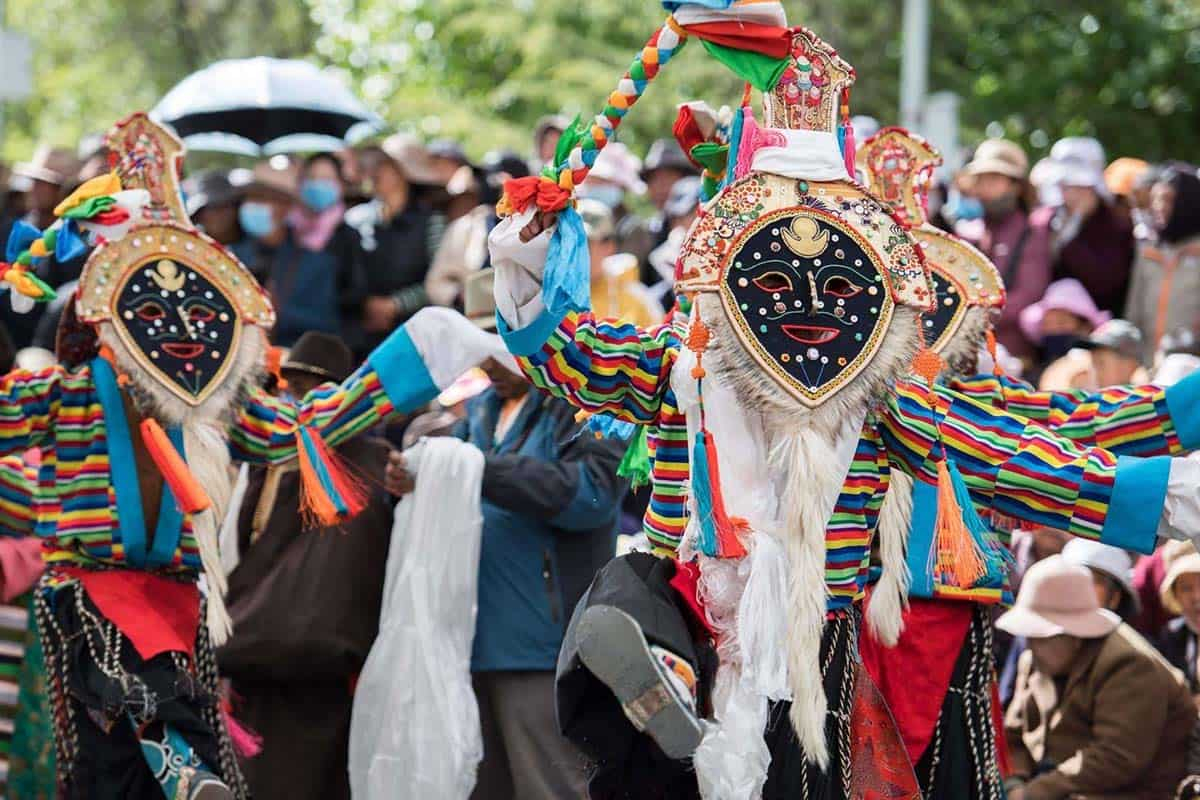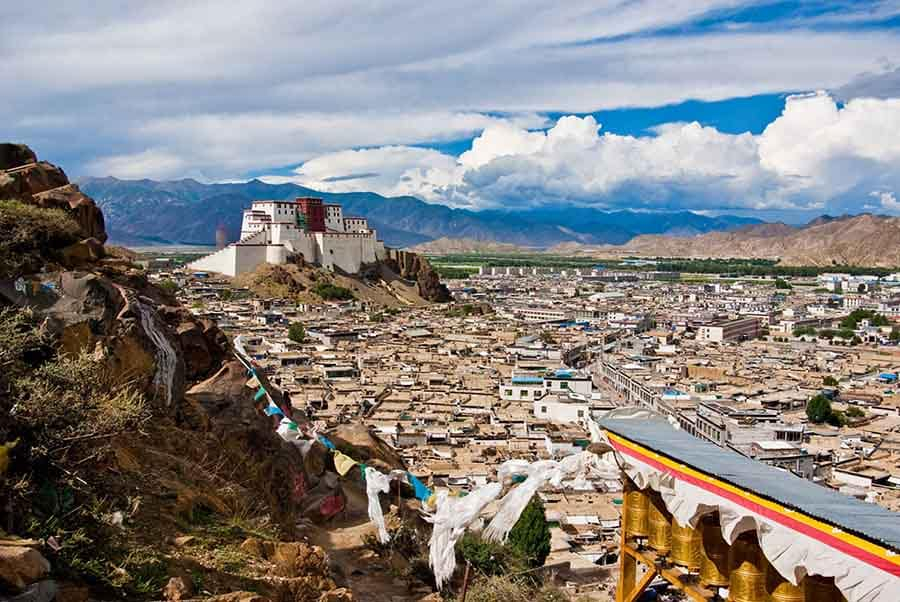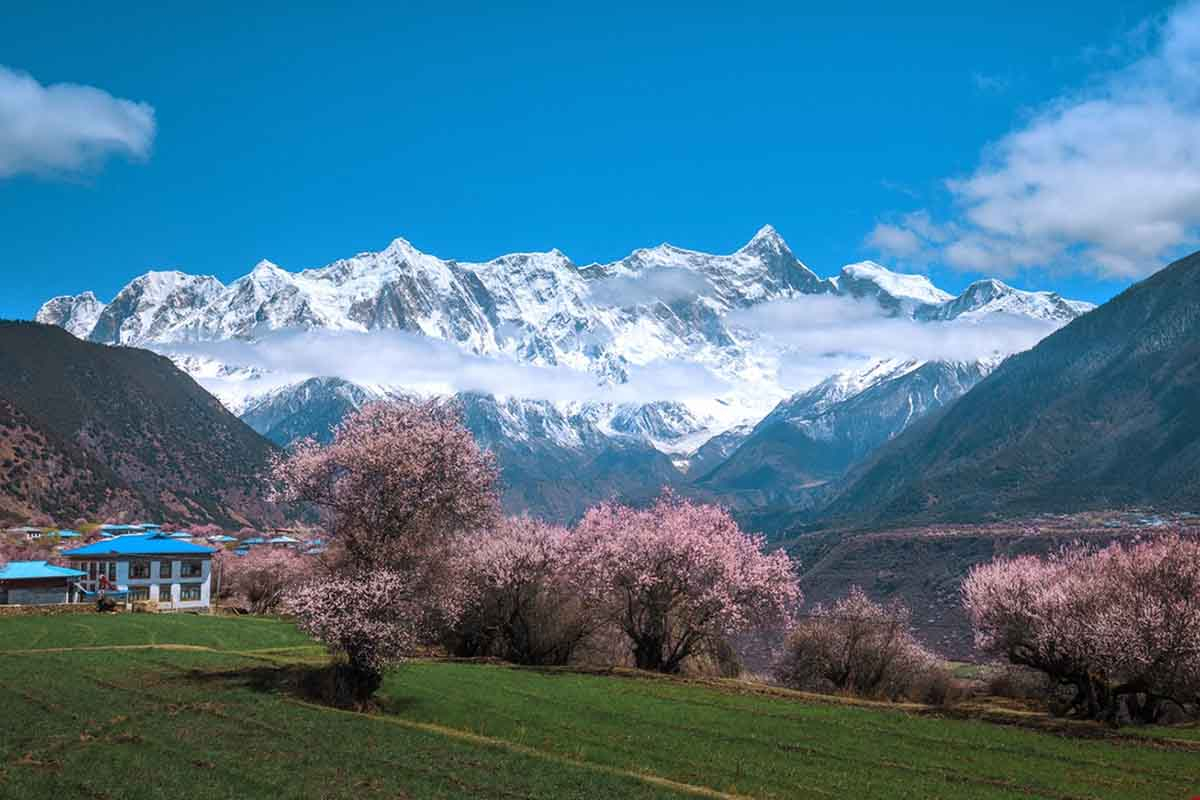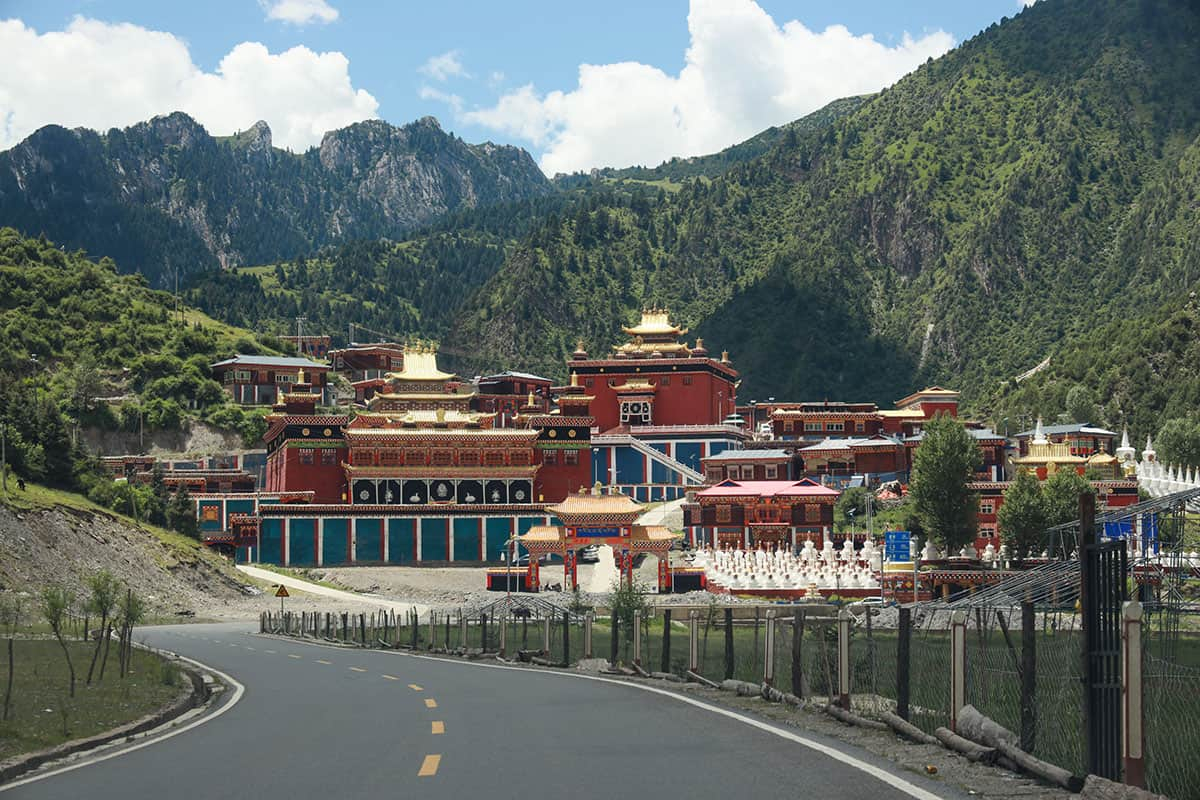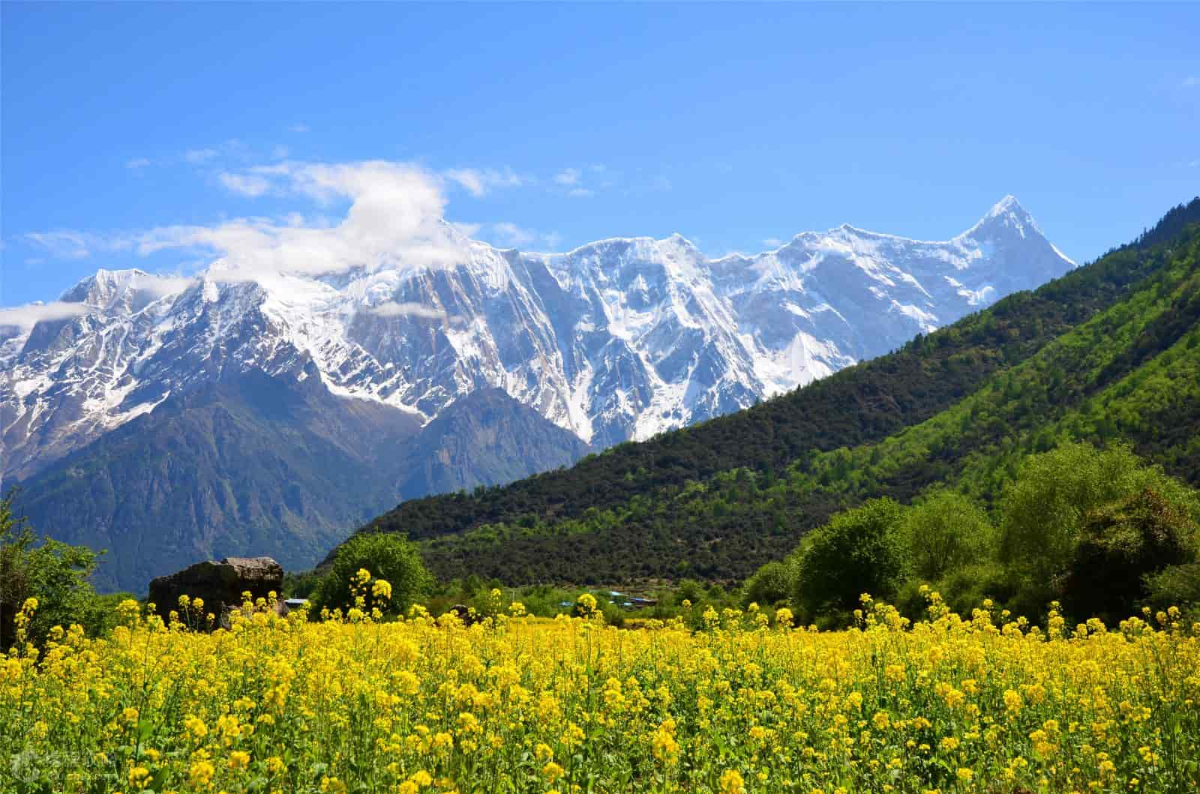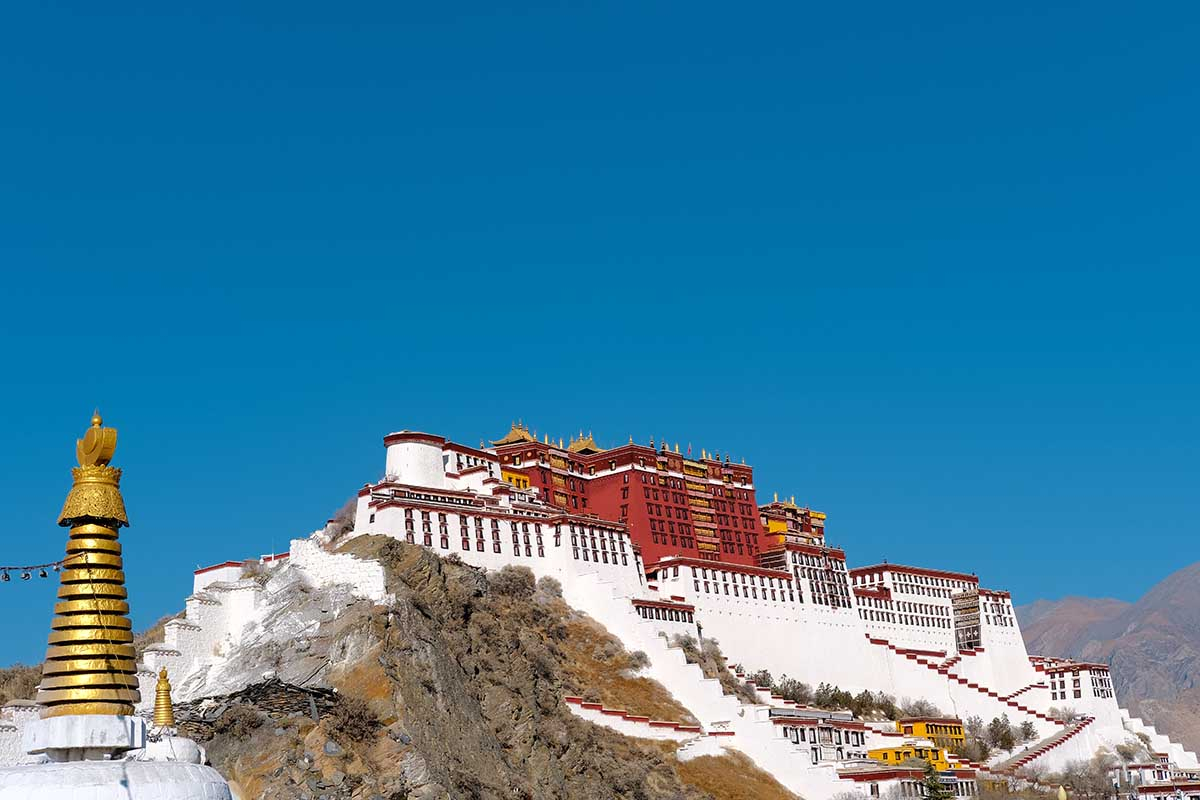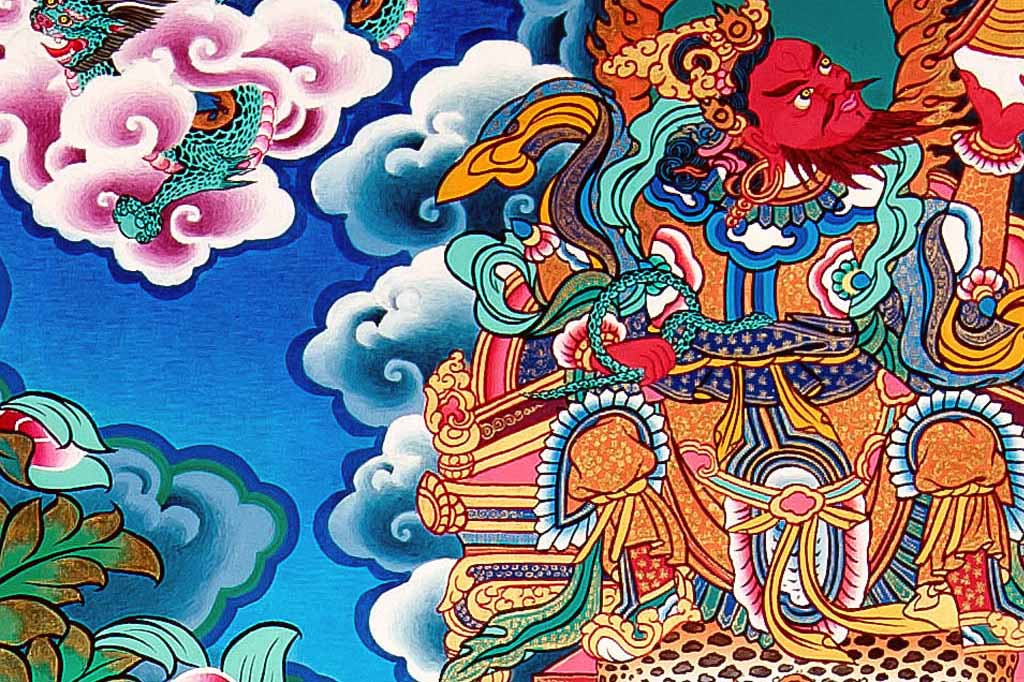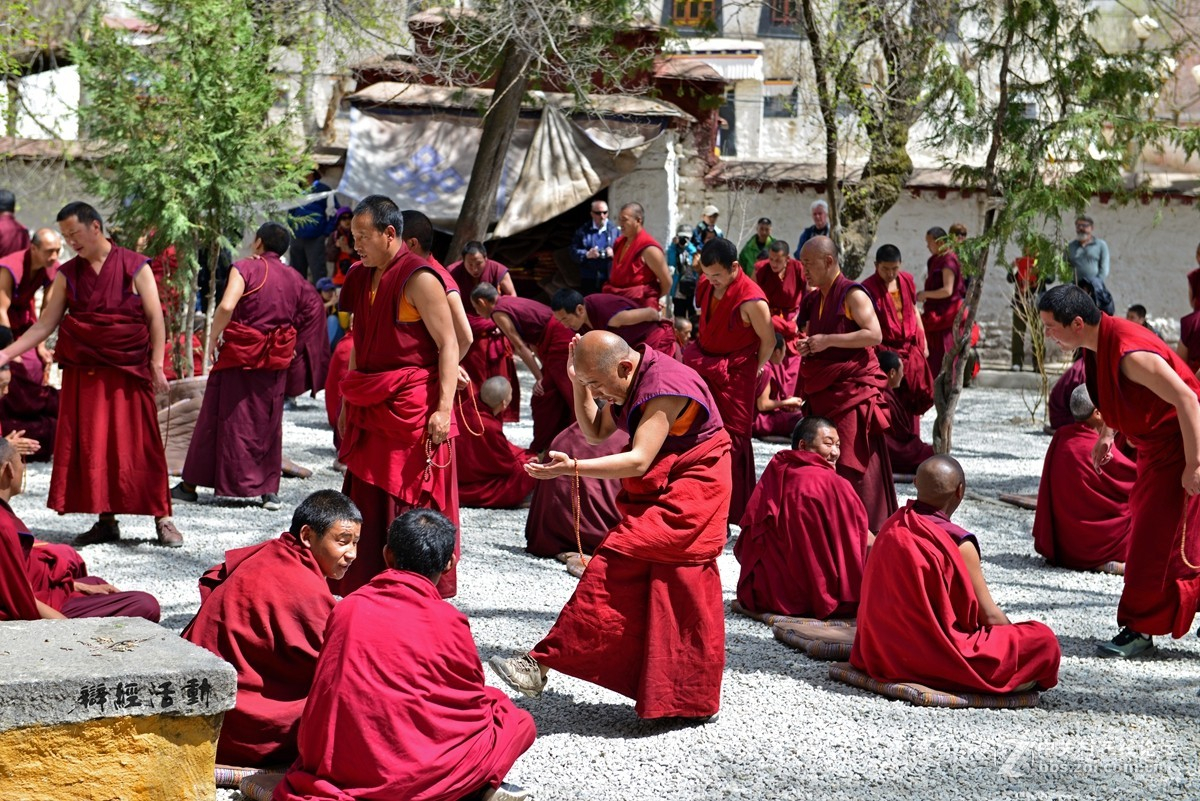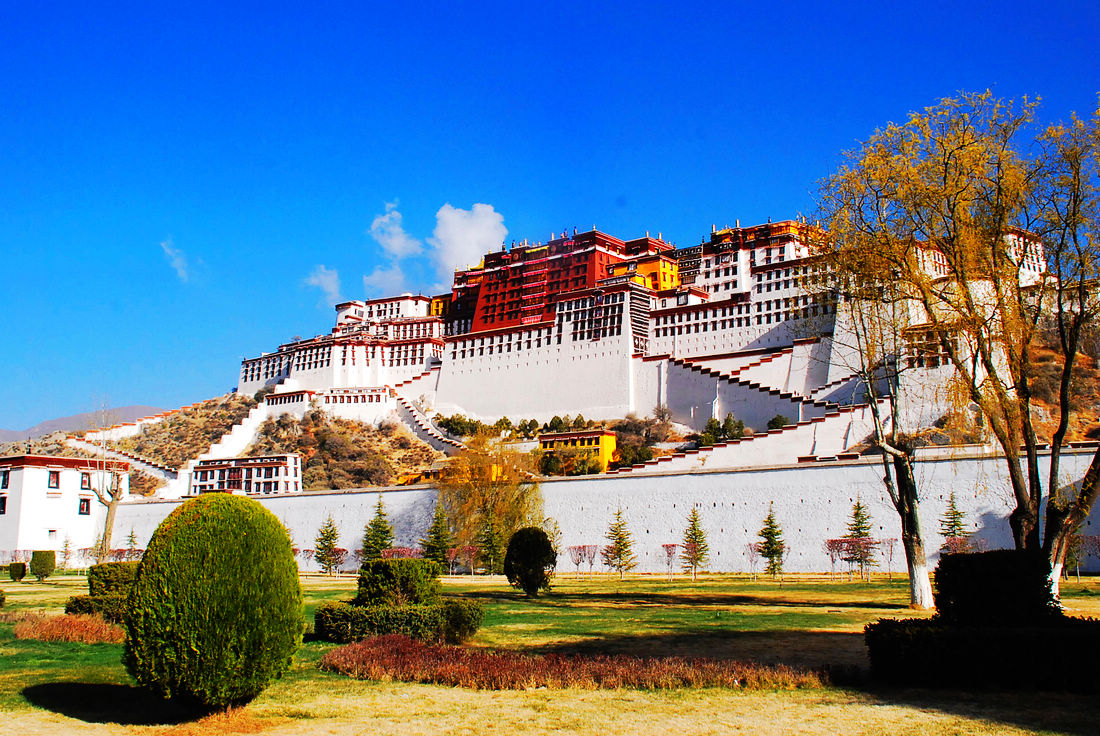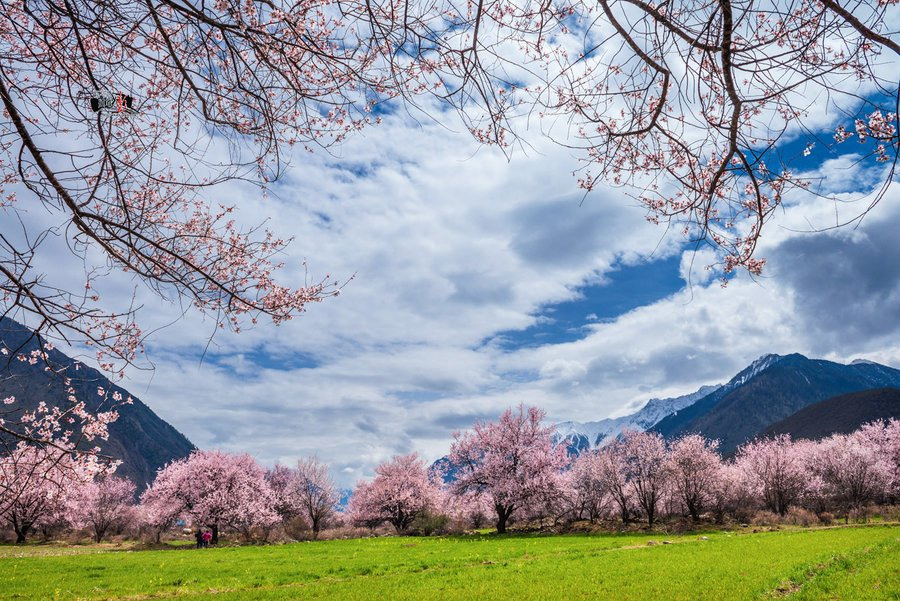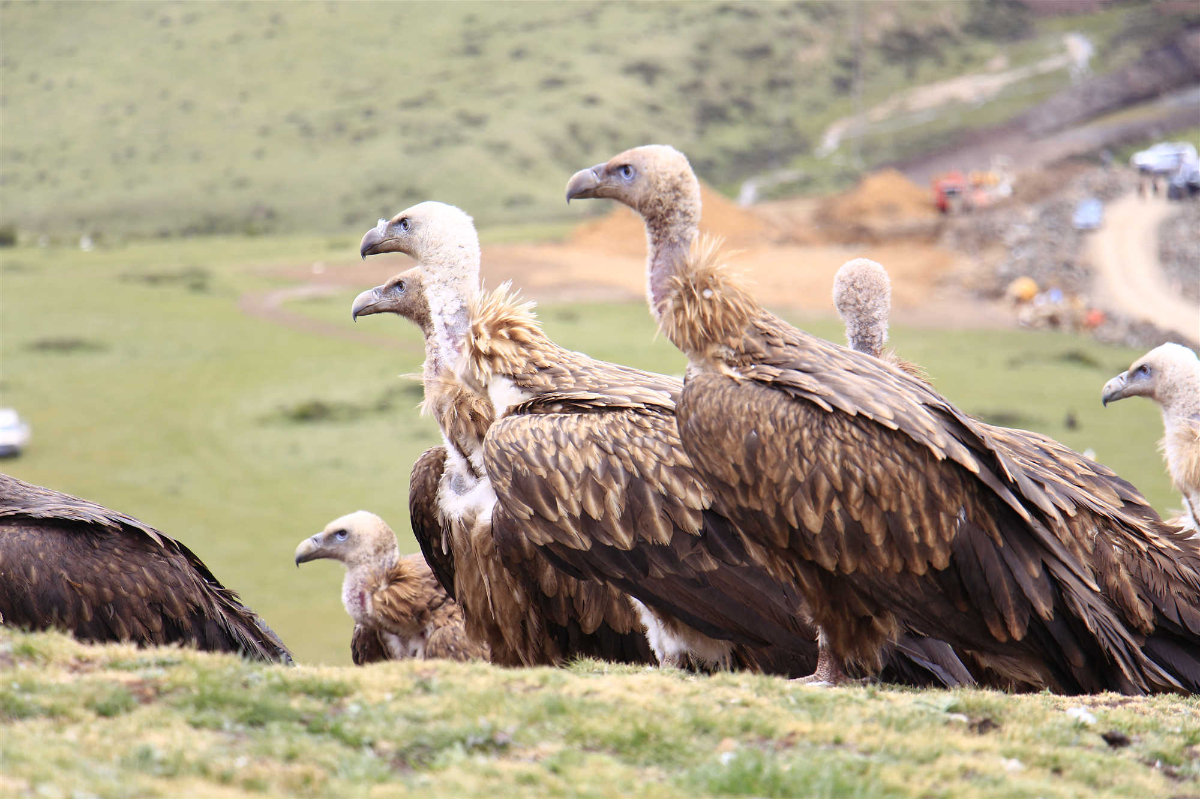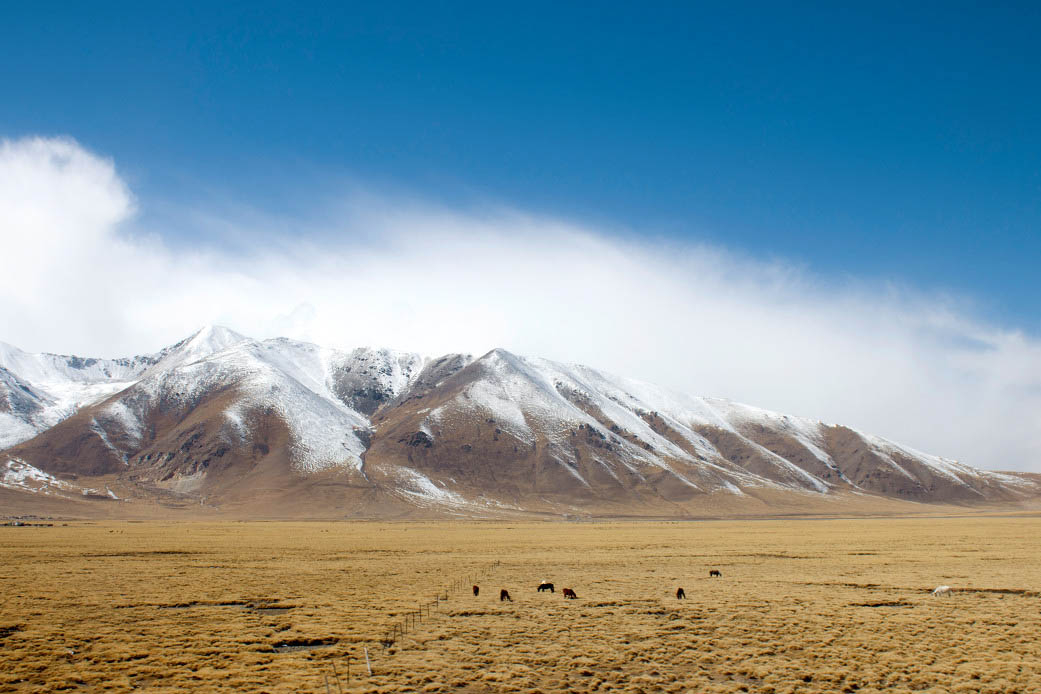Losar Tibetan New Year
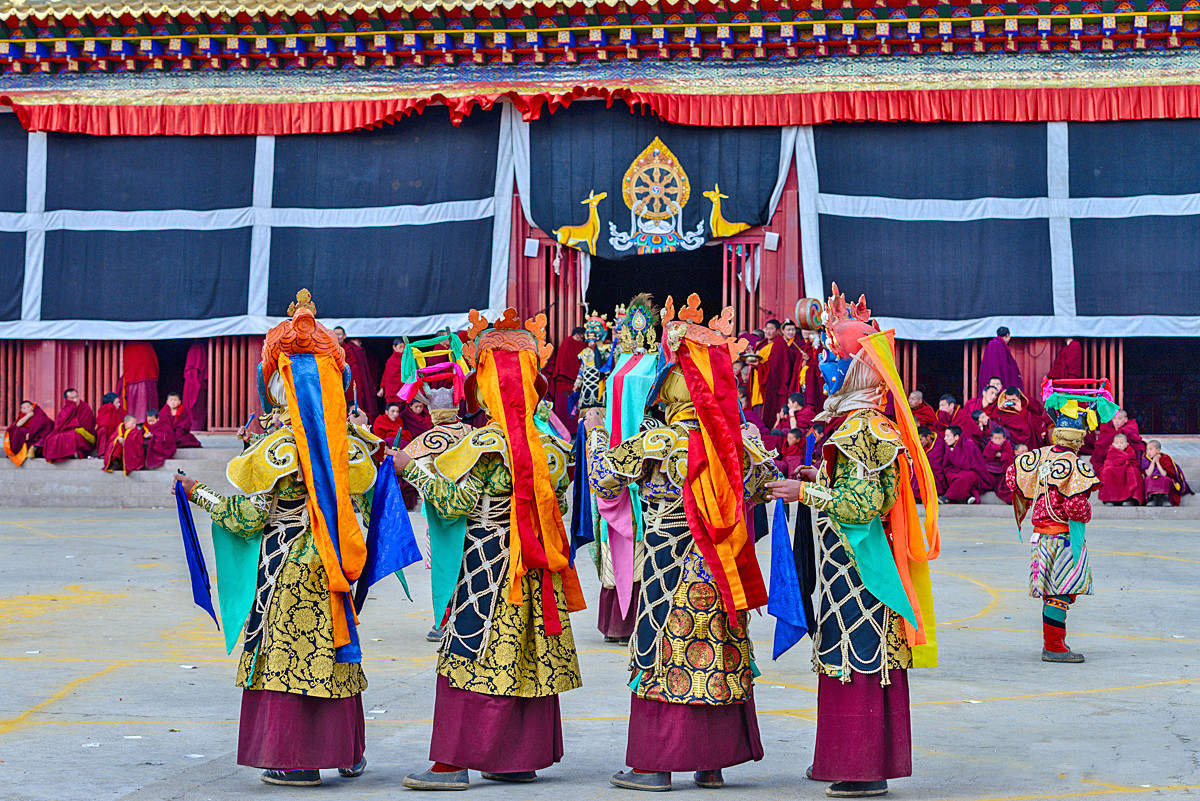
The Tibetan New Year, also known as Losar, is the most important festival on the Tibetan calendar, falling very close to the traditional Chinese New Year. The festival season usually lasts for 15 days.
Losar is filled with special customs and prayers for good fortune in the New Year. The festival ends on Chunga Choepa, the Butter Lamp festival, after 15 days. Yak butter is sculpted (a sacred art in Tibet) and monks will perform purification rituals before displaying ornate and brightly colored works of art in monasteries. The New Year is an important time of year for Tibetans, it is a time to banish negativity and welcome auspicious energy. With Losar right around the corner, it’s a perfect opportunity to purify your soul by banishing negativity and welcoming in another year!
The origion of Losar
Losar, the Tibetan word for New Year, is composed to 2 characters: Lo, which means "year"; and Sar, which means "new." The celebration of Losar can be traced back to Tibet's pre-Buddhist period. At that time, Tibetans were followers of the Bon religion and held a spiritual ceremony every winter. During the Bon celebrations, people would burn large quantities of incense on a certain day of the year (not based on the lunar new year, as it was not popular in Tibet at that time) in order to appease local spirits, deities, and protectors. When Buddhism arrived in Tibet, the older "heathen" ceremony of Bon was simply incorporated into the Buddhist tradition of Tibet, thereby becoming the Buddhist Losar festival. The Buddhist Losar festival originated during the reign of Pude Gungyal, the ninth king of Tibet.
The traditional Bon ceremony is said to have begun when an old woman called Belma introduced the measurement of time to Tibetans based on the moon's phases. This pre-Buddhist festival was held in autumn, when the apricot trees blossomed. It may also have coincided with what later would become the traditional farmers' festival, or the Harvest Festival. In any case, it was during this period that the art of the cultivation of soil—more specifically, the tilling of land and the planting of seeds, rather than just gathering seeds sown by nature's hand—was first introduced in Tibet. Religious ceremonies began thereafter to celebrate these new-found capabilities, and it may well have been the case that these celebrations led ultimately to the New Year's festival, also known as Losar, as it is known today in modern Tibet.
How to Celebrate Losar Tibetan New Year
Preparations for the festival of Losar begin around two weeks before the date, and start with the cleaning of houses, making or buying new clothes or all the members of the family, and the making of different foods for offering on the family altar. Houses are also decorated with the eight auspicious symbols, as well as many other signs and symbols, either as drawings in white powder or as wall hangings. The local Tibetan monasteries are also decorated with symbols and hangings, and devotional rituals are performed in reverence to the protector spirits.
The wide variety of foods those are present in the Losar celebrations are prepared well beforehand, and are all done before the day comes. The last day of the old year is a time for Tibetan Buddhists to prepare and eat the traditional dish known as "Guthuk". A noodle soup with nine ingredients, the guthuk is eaten on the last day of the old year, and firecrackers are set off, as well as burning grasses and chanting mantras, to drive out the evil spirits of the previous year before the start of the new one. This ceremonial meal focuses on driving out all the negative energy so that the new year and be started in an auspicious and peaceful way.
The first day of the Losar New Year is when the family greets each other and offers wishes of a good and prosperous year ahead. Known as Lama Losar, it is when offerings are made of barley seeds and tsampa to the home altars, and when the younger members of the family wash the feet of the elders. The families will also visit the monastery or temple to offer up prayers and attend the ceremonies.
King’s Losar is held on day two of the New Year, and was traditionally when the tributes would be offered to the ancient Tibetan kings, and gifts would be given to the people in return. In the modern Losar, this has changed to being a gift and offering greeting with friends and other relatives.
The third day is when the real celebrations start, and often last for up to fifteen days. Across the entire region, a wide variety of festivities are held, including the Weisang ceremony, where pine and cypress branches are burned and the celebrants chant the sutras to pray for peace, good health, and a bountiful harvest. For the rest of the time, celebratory events such as wrestling, horse racing, and many others are performed across Tibet.
- HOTEST
- RECOMMEND
